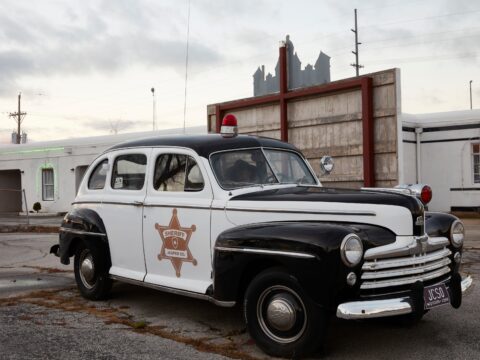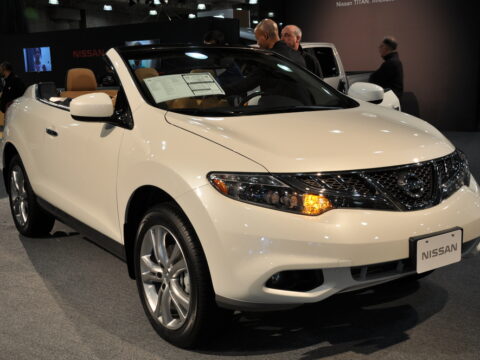Classic muscle cars are surrounded by plenty of myths that often distort their true performance and capabilities. From misconceptions about speed to outdated ideas about reliability, these cars have a richer story to tell. We’ll clear up 17 common myths about muscle cars and shed light on the facts behind these powerful machines.
Contents
Muscle Cars Are Only Fast in a Straight Line

It’s often believed that muscle cars can only perform well in a straight line, but this is far from the full story. Certain models, like the 1969 Pontiac GTO Judge, were engineered with advanced suspensions for improved cornering and control. Some enthusiasts also customized their cars to enhance handling. With modern upgrades, many classic muscle cars now rival contemporary vehicles in agility. The idea that muscle cars struggle outside straight-line racing overlooks their versatility.
Bigger Engines Always Mean Better Performance
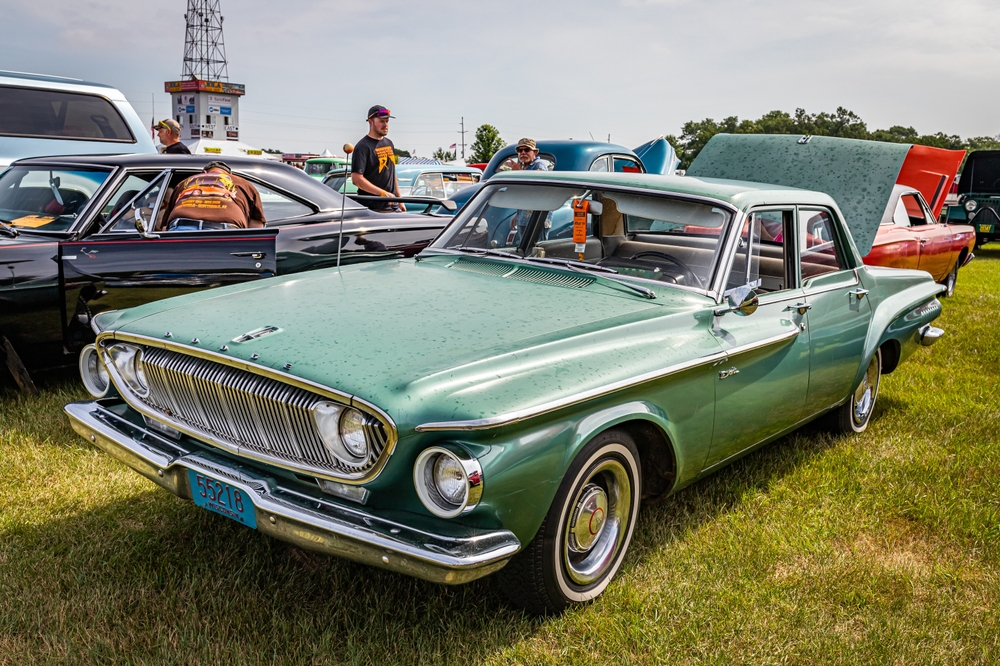
People often assume that bigger engines automatically equate to better performance, but this isn’t necessarily true. The Dodge Dart, for instance, featured a smaller 340 V8 engine that outperformed larger ones due to its lighter weight and improved balance. Engine size alone doesn’t determine a car’s capabilities—factors like gearing and aerodynamics play a significant role. Smaller engines can offer a blend of power and agility that larger engines sometimes sacrifice. Ultimately, bigger isn’t always better.
All Muscle Cars Are Gas Guzzlers
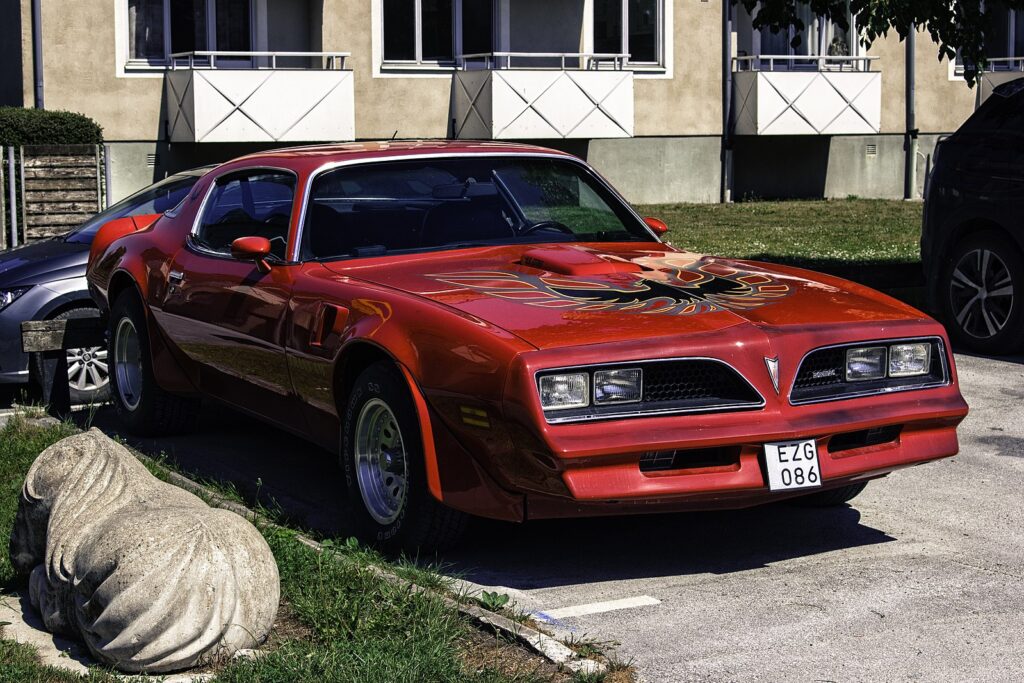
While it’s true that many muscle cars weren’t designed with fuel economy in mind, not all were inefficient. Certain models, such as the Pontiac Firebird Trans Am, were available with smaller engines that offered better gas mileage compared to larger V8s. Additionally, some muscle cars achieved over 20 miles per gallon under ideal driving conditions. Today, enthusiasts often install fuel-saving technologies. The notion that all muscle cars guzzle gas is an overgeneralization.
Muscle Cars Are Too Heavy to Be Fast
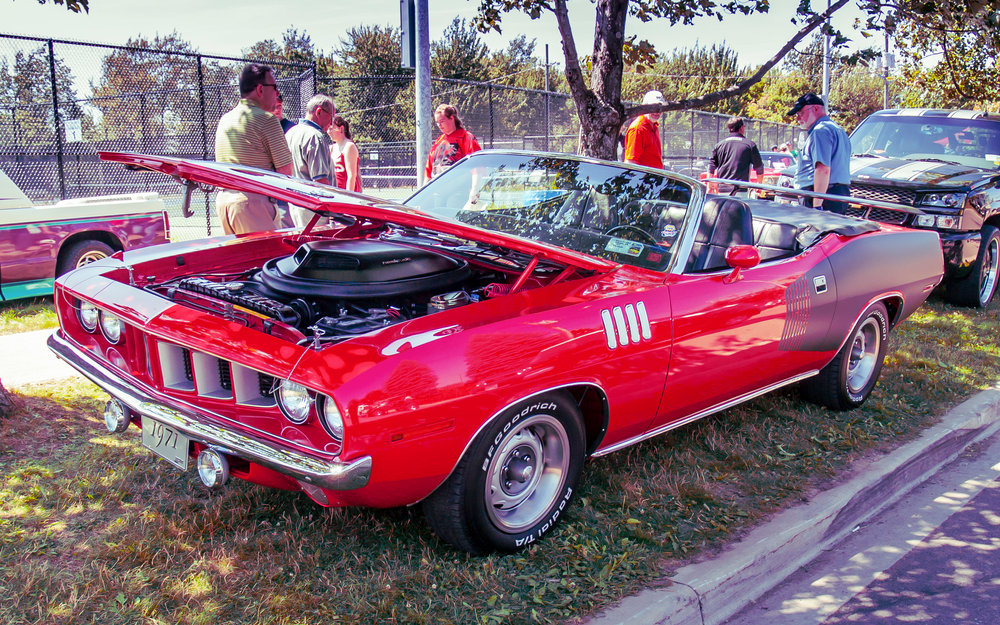
The misconception that muscle cars are too heavy to achieve high speeds isn’t accurate. Vehicles like the 1970 Plymouth Hemi Cuda defied this myth by posting impressive quarter-mile times despite their weight. Engineers often compensated for the added mass with powerful engines, optimized gear ratios, and specialized tires. These strategies allowed muscle cars to deliver exceptional straight-line performance. Weight alone didn’t hold them back from being fast machines.
Muscle Cars Are Prone to Rust
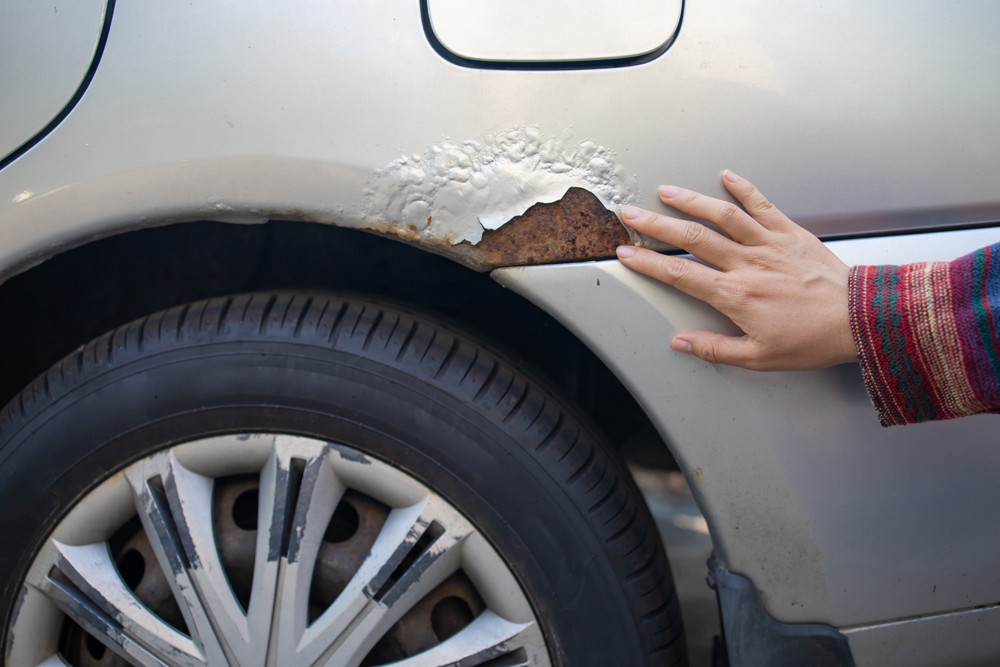
Muscle cars are often thought to rust easily, but this problem isn’t unique to them. Like most cars from the 1960s and 1970s, muscle cars lacked the advanced rust protection found in modern vehicles. However, proper maintenance, storage, and rust-proofing can significantly reduce the risk of corrosion. Many well-maintained muscle cars from that era remain in pristine condition today. Rust issues are more about care than the car’s design itself.
Classic Muscle Cars Are Unreliable
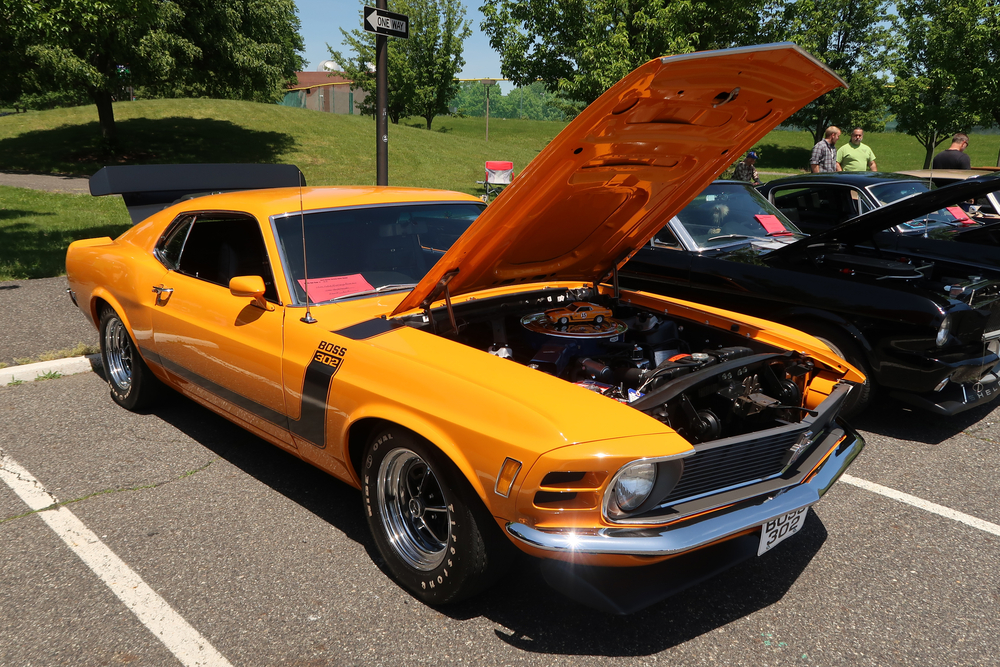
Muscle cars are often labeled as unreliable, but that generally stems from neglect rather than design flaws. Durable engines like the Ford 302 and Chevy small block were known for their longevity when maintained properly. With regular upkeep and occasional part replacements, these cars can run smoothly for decades. In fact, some muscle cars are just as reliable today as modern vehicles. It’s a myth that muscle cars are inherently prone to breakdowns.
Manual Transmission Is the Only Way to Get Performance
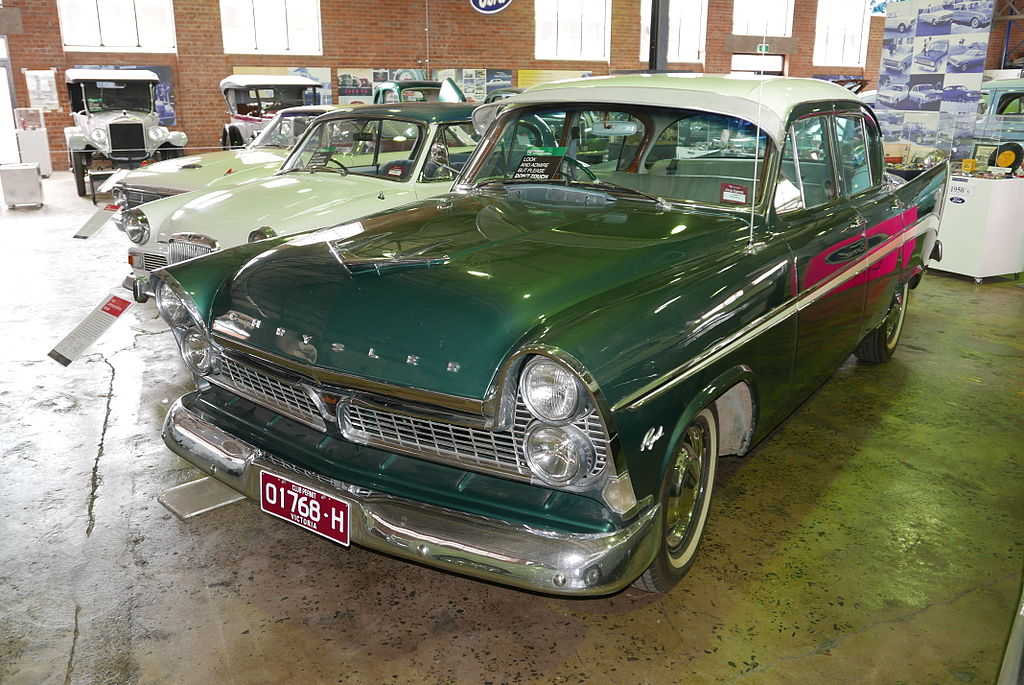
While manual transmissions offer greater control, automatic transmissions in muscle cars were also built for performance. Automatics like the Chrysler Torqueflite or GM Turbo Hydramatic were designed to shift quickly and efficiently, sometimes even faster than a manual driver could manage. These systems often delivered better consistency in high-speed situations. For many enthusiasts, the myth that only manuals provide performance is simply outdated. Automatics were more than capable on the track and street.
All Muscle Cars Are Expensive

Contrary to popular belief, owning a muscle car doesn’t have to break the bank. While iconic models like the Dodge Charger or Chevrolet Camaro fetch high prices, more affordable options exist. Cars like the Ford Maverick or Chevrolet Nova offer muscle car traits at a fraction of the price. Restoration projects also provide a cost-effective entry into muscle car ownership. So, not all classic muscle cars demand a hefty financial investment.
Muscle Cars Can’t Be Driven Daily
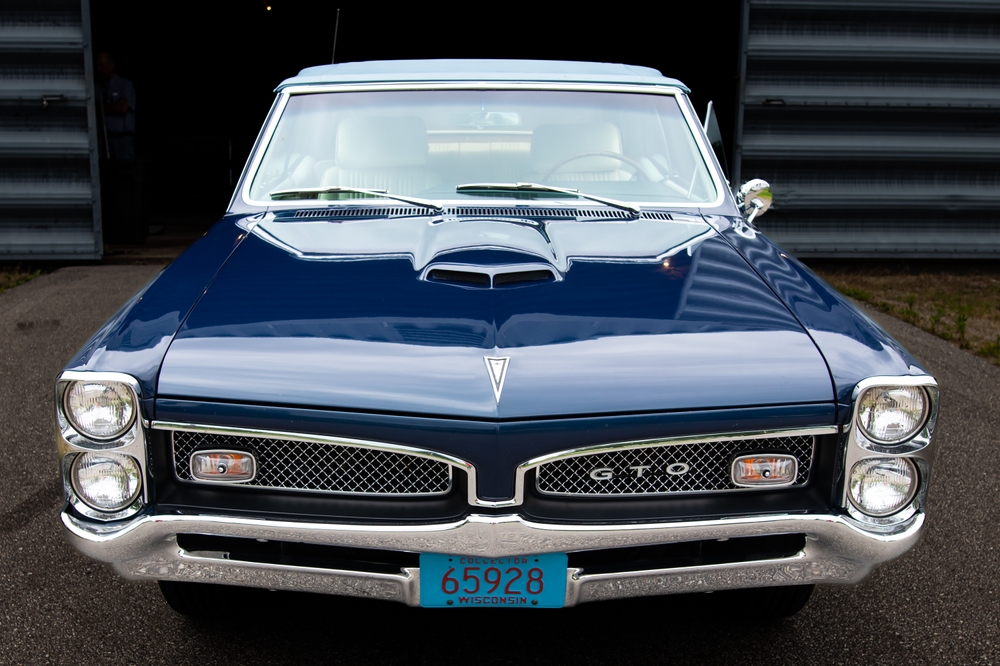
Many people think muscle cars are impractical for daily driving, but that isn’t always true. Models like the Pontiac GTO were designed for both performance and comfort, making them suitable for regular use. With modern upgrades such as better brakes and cooling systems, these cars can be driven daily without issue. Enthusiasts often modify their muscle cars to meet modern standards. The myth that they’re only for weekend cruising doesn’t hold up in practice.
All Muscle Cars Are Two-Door Models
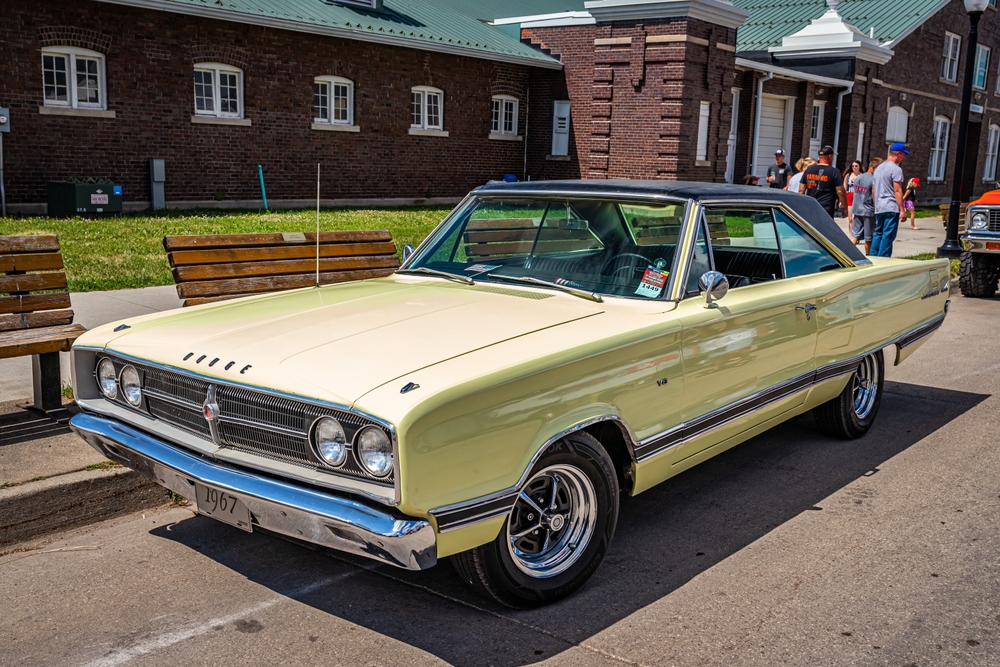
While two-door designs are iconic, not all muscle cars were limited to this configuration. Four-door versions of the Dodge Coronet and Plymouth Satellite, for example, were available with the same high-performance engines found in their two-door counterparts. These vehicles offered the practicality of extra space while still delivering muscle car power. Muscle car enthusiasts have a variety of body styles to choose from, debunking the myth that they’re strictly two-door vehicles.
Muscle Cars Are Only Popular in the U.S.
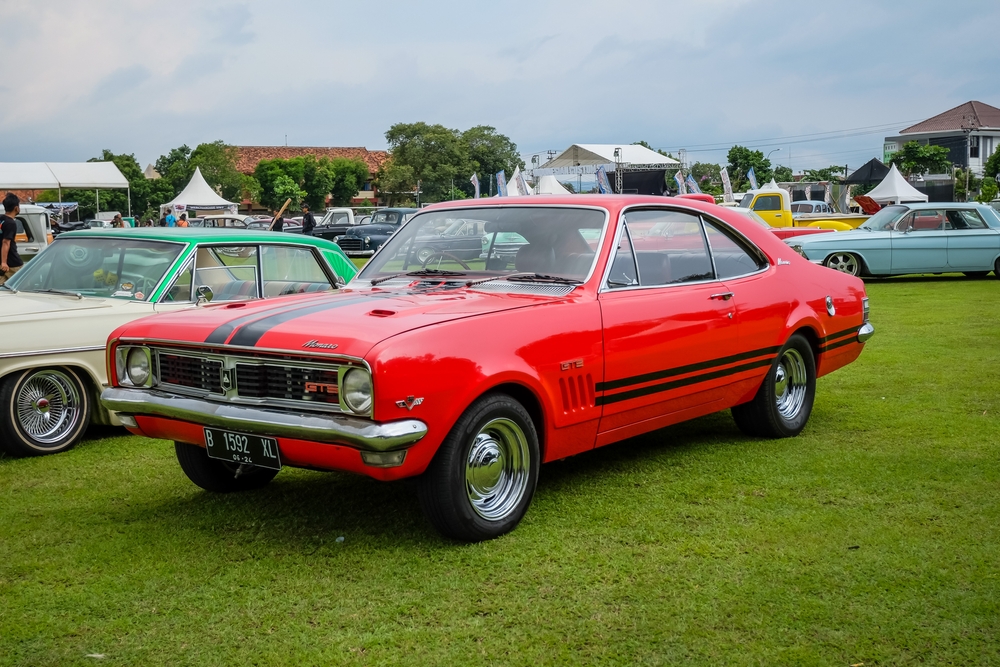
Muscle cars may have originated in the United States, but their appeal extends worldwide. In Australia, cars like the Holden Monaro gained a strong following, and even in Europe, collectors admire American classics like the Mustang. Muscle cars have made their way into international car culture, participating in races and car shows across the globe. The myth that they are only popular in the U.S. ignores their global fanbase.
Muscle Cars Are All About Loud Exhausts
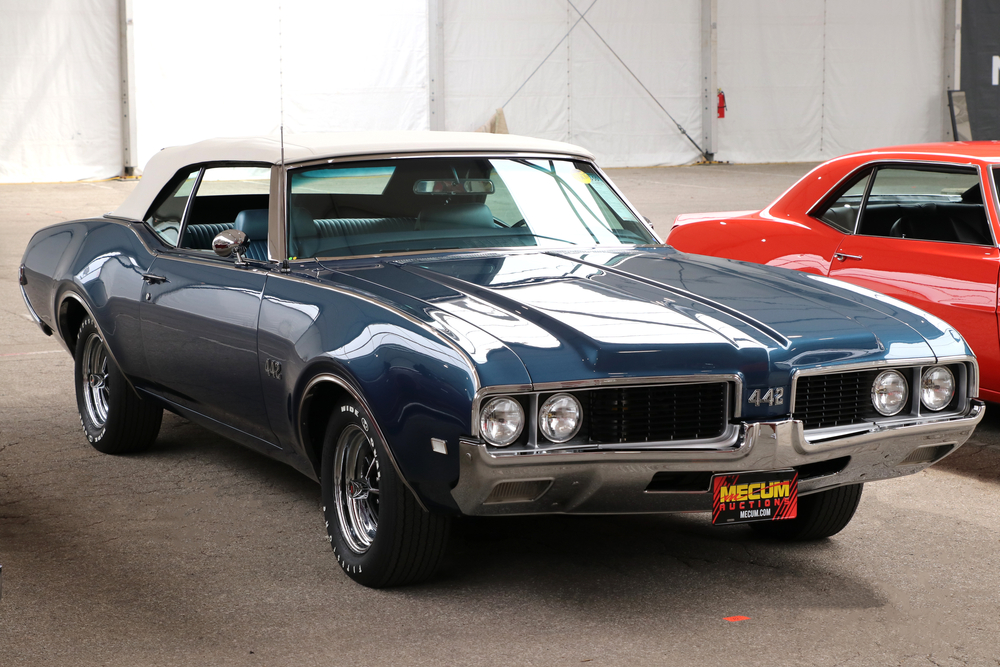
The roar of a muscle car is undeniably part of its charm, but not every model is designed to be excessively loud. For instance, the Oldsmobile 442 catered to buyers looking for quieter performance with luxury styling. Today, modern exhaust systems offer adjustable settings, allowing drivers to control the volume. Therefore, not all muscle cars were built to be attention-grabbing with their sound—some delivered a more refined experience.
All Muscle Cars Were Unsafe
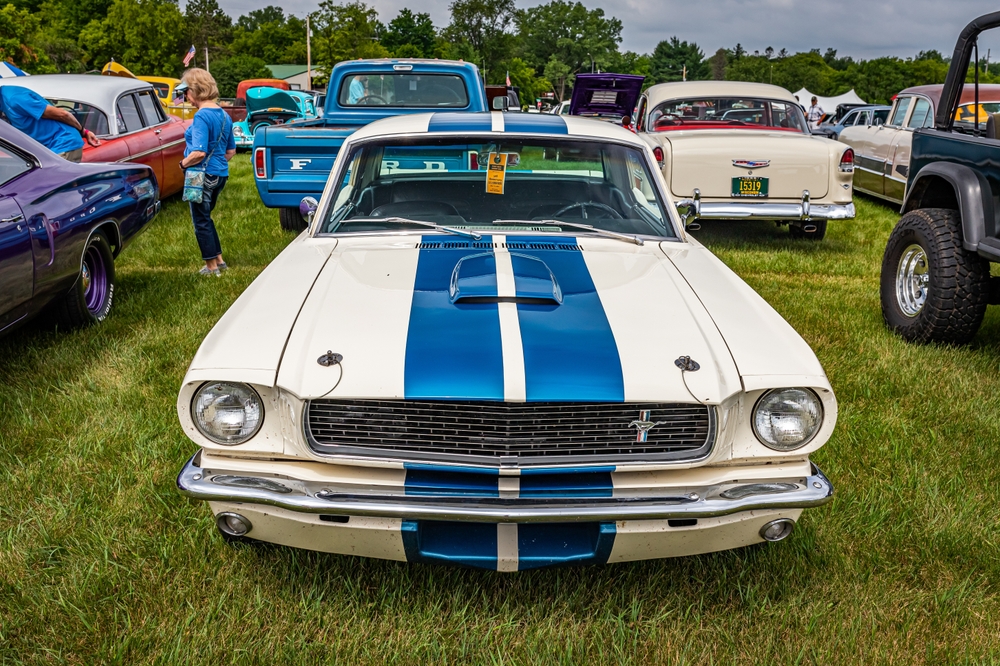
Muscle cars are often criticized for lacking safety features, but some models introduced innovations ahead of their time. The 1970 Ford Mustang, for example, came with crumple zones and reinforced structures. Seat belts and padded dashboards were also standard in many late ’60s models. While they don’t meet modern safety standards, classic muscle cars were not entirely devoid of protection. They were safer than many cars of their era.
Muscle Cars Are Slow Compared to Modern Cars
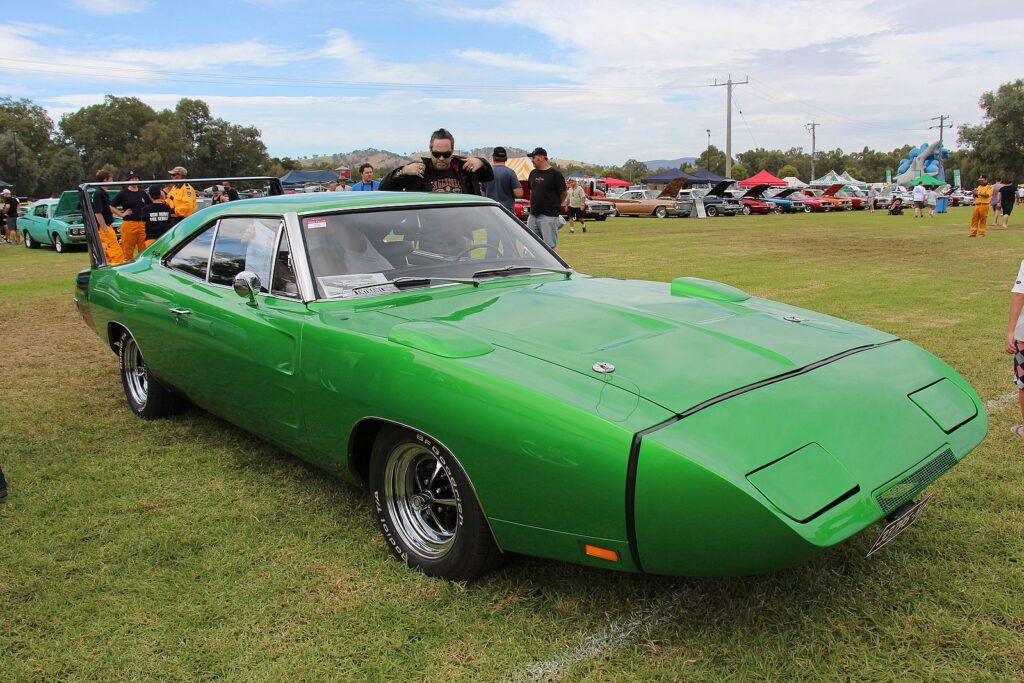
Though today’s cars benefit from advancements in technology, classic muscle cars were incredibly fast for their time. The Dodge Charger Daytona and Plymouth Superbird both reached speeds over 150 mph, a remarkable feat even by today’s standards. While modern cars have improved aerodynamics and electronics, these vintage powerhouses still hold their own on drag strips. It’s a mistake to think of them as slow just because they’re older.
Muscle Cars Are Only for Men

Muscle car culture is often associated with male enthusiasts, but women have played a significant role from the beginning. Female racers like Shirley Muldowney broke barriers in the male-dominated drag racing scene, proving that women could handle high-performance cars just as well. Today, women are prominent collectors and restorers in the muscle car community. The belief that muscle cars are exclusively for men is simply outdated.
Restoring a Muscle Car Is Too Difficult
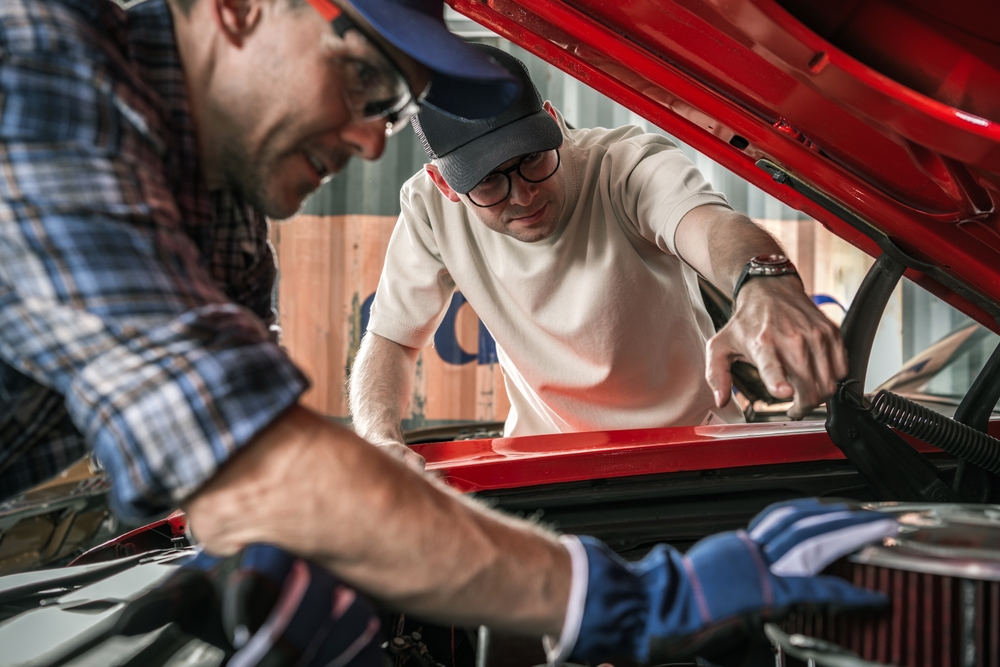
Restoring a muscle car may seem intimidating, but it’s more accessible now than ever. Thanks to the abundance of aftermarket parts, restoration kits, and online guides, even beginners can embark on a muscle car restoration project. Specialized shops can assist with difficult aspects, allowing enthusiasts to tackle the restoration at their own pace. While time-consuming, restoring a muscle car doesn’t have to be an impossible task.
Muscle Cars Aren’t Good Investments
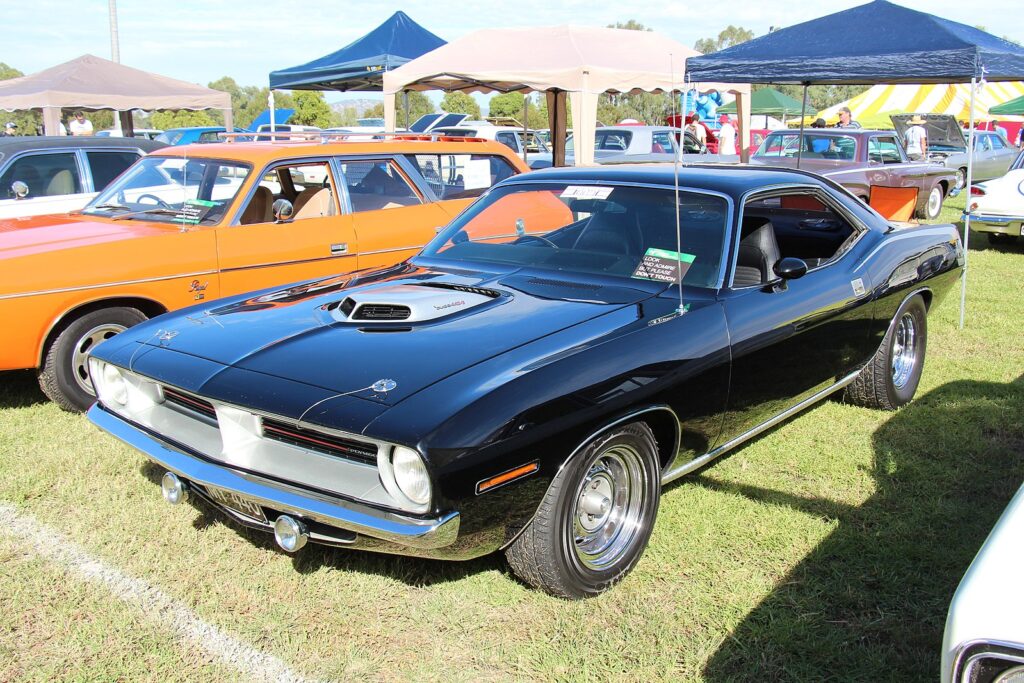
It’s often said that muscle cars are poor investments, but some models have skyrocketed in value over the years. For example, a well-preserved 1971 Plymouth Hemi Cuda can now command seven-figure prices at auction. While not every muscle car will appreciate this much, many well-maintained or rare models have become prized collectors’ items. This myth ignores the investment potential of owning a classic muscle car.
This article originally appeared in MyCarMakesNoise.
More from MyCarMakesNoise
12 Astonishing Facts About the Development of the Tesla Roadster

The Tesla Roadster is more than just a car; it’s a milestone in automotive history. From its groundbreaking technology to its role in shaping the future of electric vehicles, the Roadster’s development is filled with remarkable stories. Read More.
18 Cutting-Edge Supercars with Advanced Aerodynamics
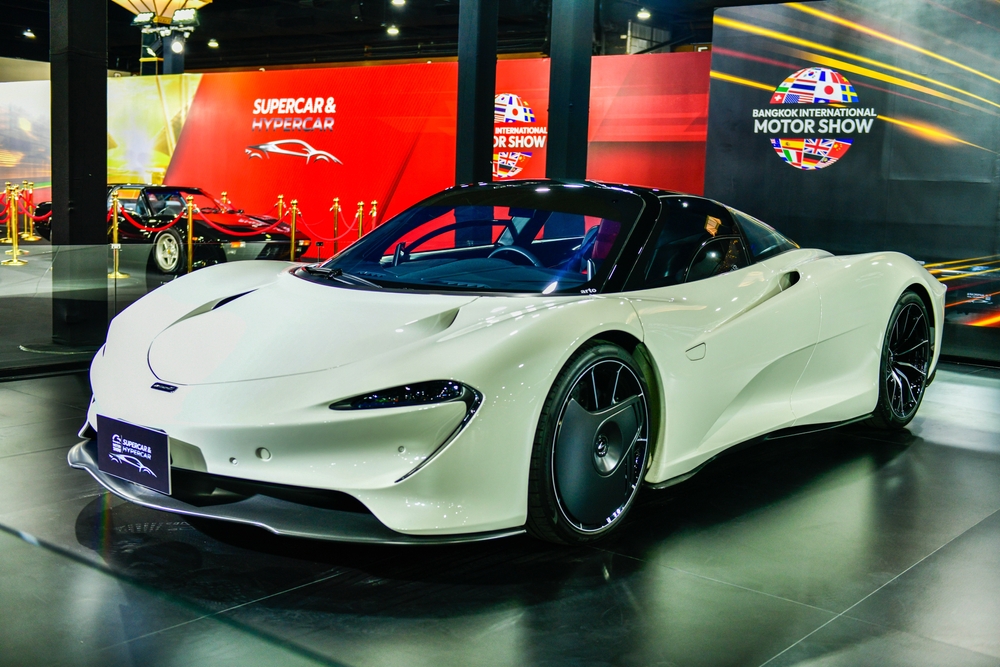
When it comes to high-performance supercars, advanced aerodynamics plays a crucial role in pushing the limits of speed and handling. We’ll explore 18 cutting-edge supercars that stand out for their innovative aerodynamic designs, combining sleek profiles with technology that enhances both performance and efficiency. Read More.
20 Groundbreaking Classic Cars That Pushed Boundaries
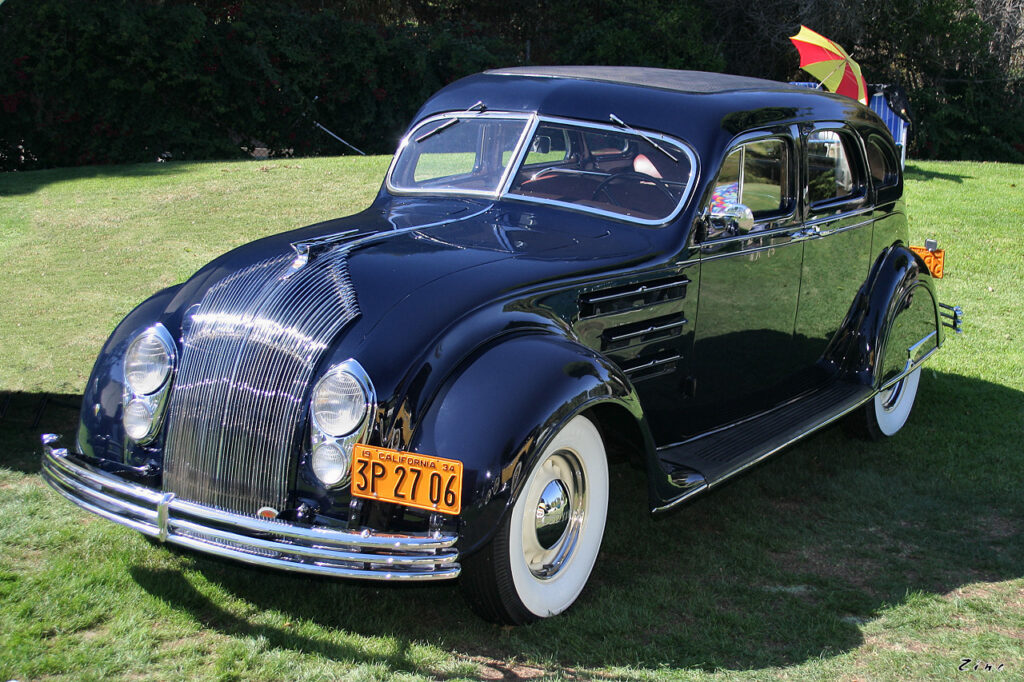
Some classic cars were not only stylish and powerful but also introduced innovations that set new standards in the automotive industry. These vehicles were truly ahead of their time, featuring advanced technology and design elements that influenced future generations of cars. Read More.


